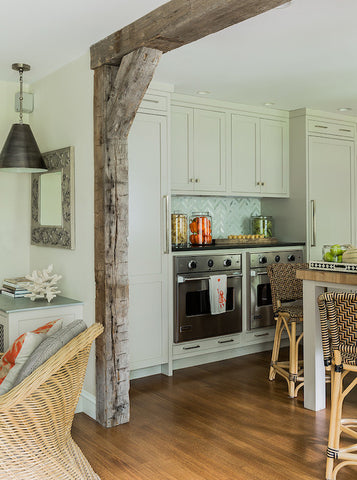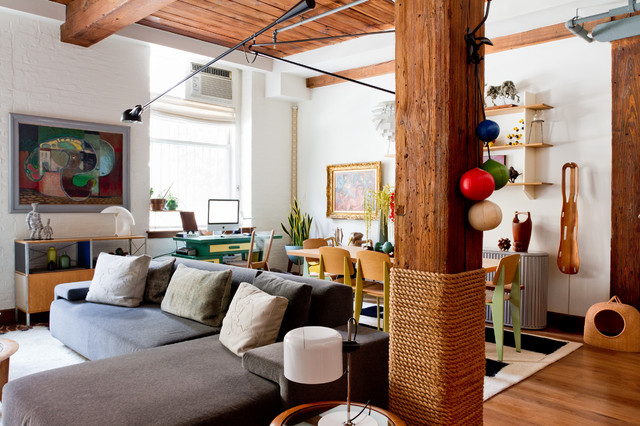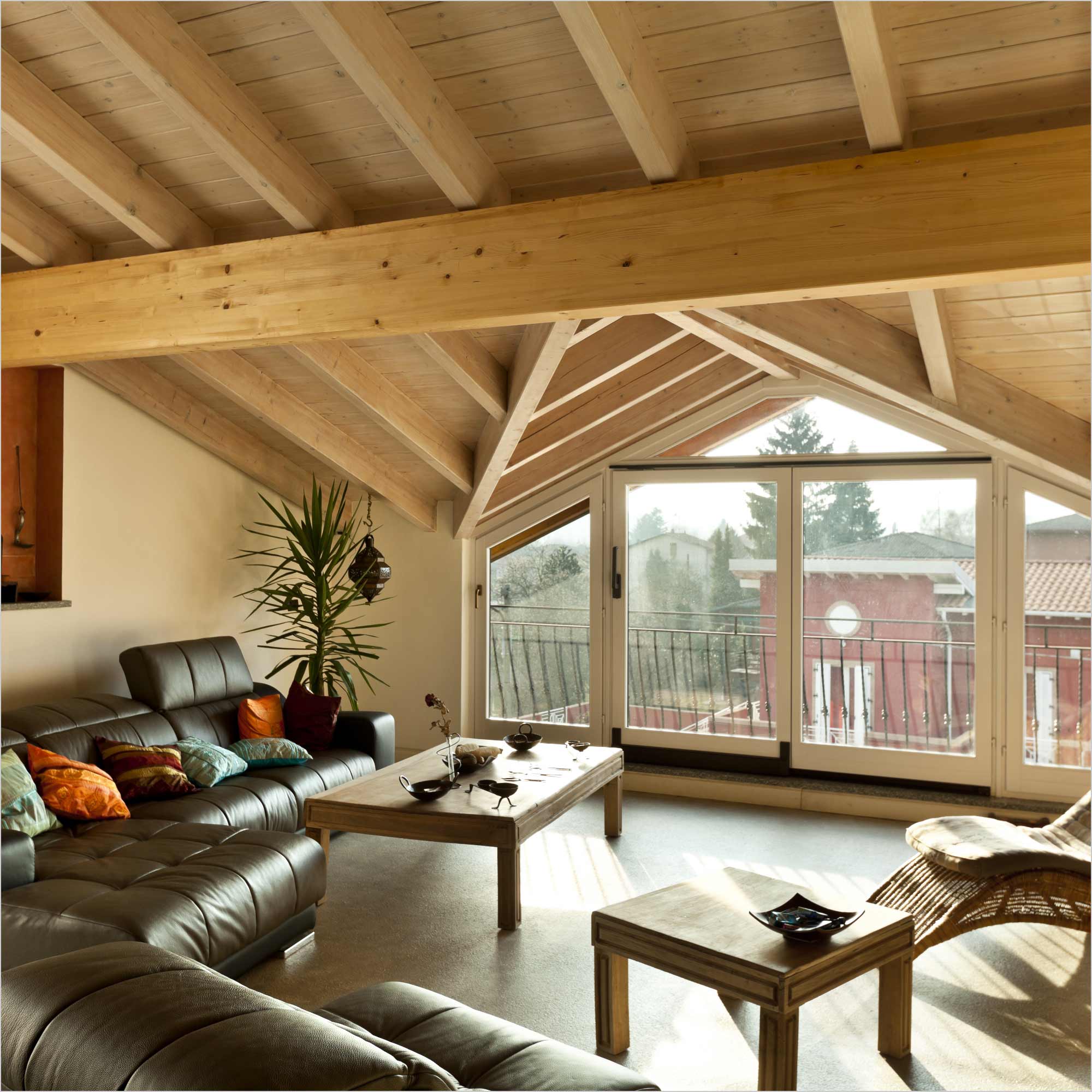When it comes to home improvement, the details matter. One such detail that can significantly enhance both the aesthetic and structural appeal of your space is the decorative support beam. These architectural features not only serve a practical purpose but also add a touch of elegance and character to any room. In my experience, incorporating decorative beams into my home renovation project was one of the best decisions I made. They transformed my living space, providing both style and support.
What are Decorative Support Beams?
Decorative support beams are structural elements that provide support as well as aesthetic appeal in various architectural designs. They can be made of different materials, including wood, steel, or reinforced concrete, and are often used in homes with open floor plans to maintain a sense of space while ensuring stability.
The Purpose of Decorative Beams
While their primary function is structural, decorative beams also play a significant role in enhancing the visual aspect of a space. They can help define areas within a room, add texture, and bring warmth to the overall ambiance.
Types of Decorative Support Beams
Understanding the different types of decorative beams can help in making an informed decision on which would best suit your home.
1. Wooden Support Beams
Wooden beams are popular for their natural beauty and versatility. They can be stained or painted to match existing decor. In my home, I opted for reclaimed wood beams, which added a rustic charm.
Pros and Cons of Wooden Beams
| Pros | Cons |
|---|---|
| Natural aesthetic | Prone to insect damage |
| Insulation properties | Can warp over time |
2. Faux or Composite Beams
Faux beams are made from lightweight materials such as polyurethane or polystyrene, designed to mimic the appearance of wood. They are easier to install and maintain.
Pros and Cons of Faux Beams
| Pros | Cons |
|---|---|
| Lightweight and easy to install | Less authentic appearance |
| Low maintenance | May not hold as much weight |
3. Steel Beams
Steel beams are known for their strength and durability. They are often used in more modern designs where a sleek, industrial look is desired.
Pros and Cons of Steel Beams
| Pros | Cons |
|---|---|
| High strength-to-weight ratio | Can be expensive |
| Fire-resistant | Needs protective coatings to prevent rust |
How to Choose the Right Decorative Beam
Selecting the appropriate decorative support beam involves considering several factors, such as your home’s architectural style, the desired aesthetic, and budget. Here’s a brief guide to help you decide:
1. Consider Your Home’s Style
The style of your home will influence your choice. For instance, traditional homes might benefit from rustic wooden beams, while modern spaces may look great with sleek steel beams.
2. Think About Functionality
Evaluate the purpose of the beam. Is it purely decorative, or will it have to bear significant weight? Understanding this will help in selecting the right material.

3. Assess the Cost
Budget constraints are always a factor. Faux beams are often the most affordable option, while solid wood and steel can be pricier. Make sure to get quotes and check for processes involved in installation.
Installation of Decorative Support Beams
I learned that installing decorative support beams can be a complex process, often best left to professionals. However, understanding the basics can help you communicate effectively with your contractor.

Preparation Steps
- Determine the proper location for the beam.
- Ensure the area is clear and safe for work.
- Gather necessary tools, including a level, measuring tape, and fasteners.
Installation Process
The installation process may vary depending on the type of beam chosen, but generally, it includes:
- Measuring and marking the correct placement.
- Securing temporary supports if necessary.
- Installing the beam using appropriate fasteners and methods specific to the material.

Maintenance Tips for Decorative Beams
To keep your decorative support beams looking great over time, consider the following maintenance tips:
1. Regular Cleaning
Dust and dirt can accumulate, so regular cleaning is essential. Use a soft cloth or vacuum with a brush attachment to maintain their appearance.

2. Inspect for Damage
Check for signs of wear and tear. Wooden beams may require treatment for pests, while steel beams may need a fresh coat of protective paint.
Decorative Beams in Interior Design
Integrating decorative support beams into your interior design can complement various styles, from farmhouse to modern. Here are some ideas to inspire you:

1. Rustic Charm
In a rustic setting, exposed wooden beams can add warmth and character. Pair them with neutral colors and natural materials for a cohesive look.
2. Industrial Edge
In a contemporary space, steel beams can enhance an industrial vibe. They look great with exposed brick and concrete accents.

3. Modern Aesthetics
Faux beams come in various finishes that can fit into any modern decor. Their versatility allows them to blend seamlessly with different styles.
FAQs about Decorative Support Beams
1. What are decorative support beams made of?
Decorative support beams can be constructed from various materials, including wood, faux materials (like polyurethane), and steel. Each material has unique benefits and aesthetic qualities.
2. How are decorative beams installed?
The installation process depends on the type of beam. While installation can sometimes be a DIY project, hiring a professional is recommended for safety and accuracy, especially for load-bearing beams.
3. Are decorative beams functional?
Yes, decorative support beams can be both functional and stylish. They play a crucial role in maintaining the structural integrity of a space while enhancing its overall design.
4. Can I use decorative beams in any room?
Absolutely! Decorative beams can be installed in various rooms, including living rooms, kitchens, and even outdoor spaces, to create unique visual interest.
5. How do I maintain my decorative beams?
Maintenance involves regular cleaning, inspecting for damage, and making necessary repairs. Wooden beams may need treatment for pests, while steel beams should be checked for rust.
Conclusion
Decorative support beams are more than just a structural necessity; they are an opportunity to express your personal style and enhance the beauty of your home. Throughout my renovation journey, I discovered the significant impact these beams have in creating a welcoming and aesthetically pleasing environment. Whether you choose wooden, faux, or steel beams, each offers a unique charm that can elevate your space.
Explore your options, consider your needs, and transform your home with decorative support beams that speak to your style!